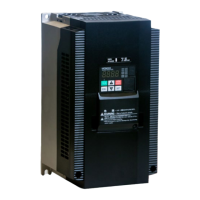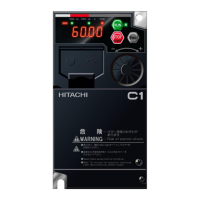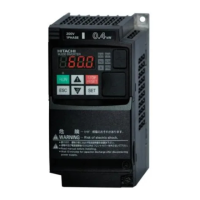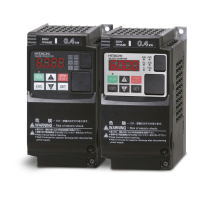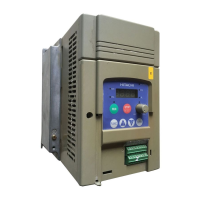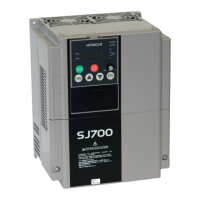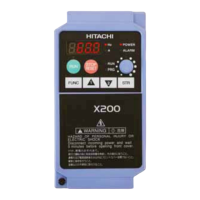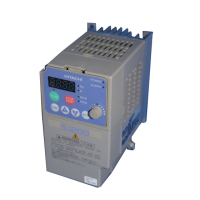71
Input Function Summary Table – This table shows all thirty-one intelligent input functions
at a glance. Detailed description of these functions, related parameters and settings, and
example wiring diagrams are in “Using Intelligent Input Terminals” on page 29.
Input Function Summary Table
Inverter is in Run Mode, motor runs forward
Inverter is in Stop Mode, motor stops
Inverter is in Run Mode, motor runs reverse
Inverter is in Stop Mode, motor stops
Multi-speed Select,
Bit 0 (LSB)
Binary encoded speed select, Bit 0, logical 1
Binary encoded speed select, Bit 0, logical 0
Multi-speed Select,
Bit 1
Binary encoded speed select, Bit 1, logical 1
Binary encoded speed select, Bit 1, logical 0
Multi-speed Select,
Bit 2
Binary encoded speed select, Bit 2, logical 1
Binary encoded speed select, Bit 2, logical 0
Multi-speed Select,
Bit 3 (MSB)
Binary encoded speed select, Bit 3, logical 1
Binary encoded speed select, Bit 3, logical 0
Inverter is in Run Mode, output to motor runs at jog
parameter frequency
DC braking will be applied during deceleration
DC braking will not be applied
Set (select) 2nd Motor
Data
The inverter uses 2nd motor parameters for
generating frequency output to motor
The inverter uses 1st (main) motor parameters for
generating frequency output to motor
2-stage Acceleration and
Deceleration
Frequency output uses 2nd-stage acceleration and
deceleration values
Frequency output uses standard acceleration and
deceleration values
Causes output to turn OFF, allowing motor to free
run (coast) to stop
Output operates normally, so controlled deceleration
stop motor
When assigned input transitions OFF to ON, inverter
latches trip event and displays
No trip event for ON to OFF, any recorded trip
events remain in history until reset
Unattended Start
Protection
On powerup, the inverter will not resume a Run
command (mostly used in the US)
On powerup, the inverter will resume a Run
command that was active before power loss
Commercial power
source switchover
Motor can be driven by commercial power
Motor is driven via the inverter
The keypad and remote programming devices are
prevented from changing parameters
The parameters may be edited and stored
Analog Input
Voltage/Current Select
Refer to “Analog Input Operation” on page 43.
The trip condition is reset, the motor output is turned
OFF, and powerup reset is asserted
Normal power-ON operation
PTC thermistor Thermal
Protection
(C005 only)
When a thermistor is connected to terminal [5] and
[L], the inverter checks for over-temperature and will
cause trip event and turn OFF output to motor
A disconnect of the thermistor causes a trip event,
and the inverter turns OFF the motor
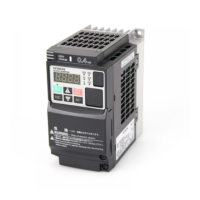
